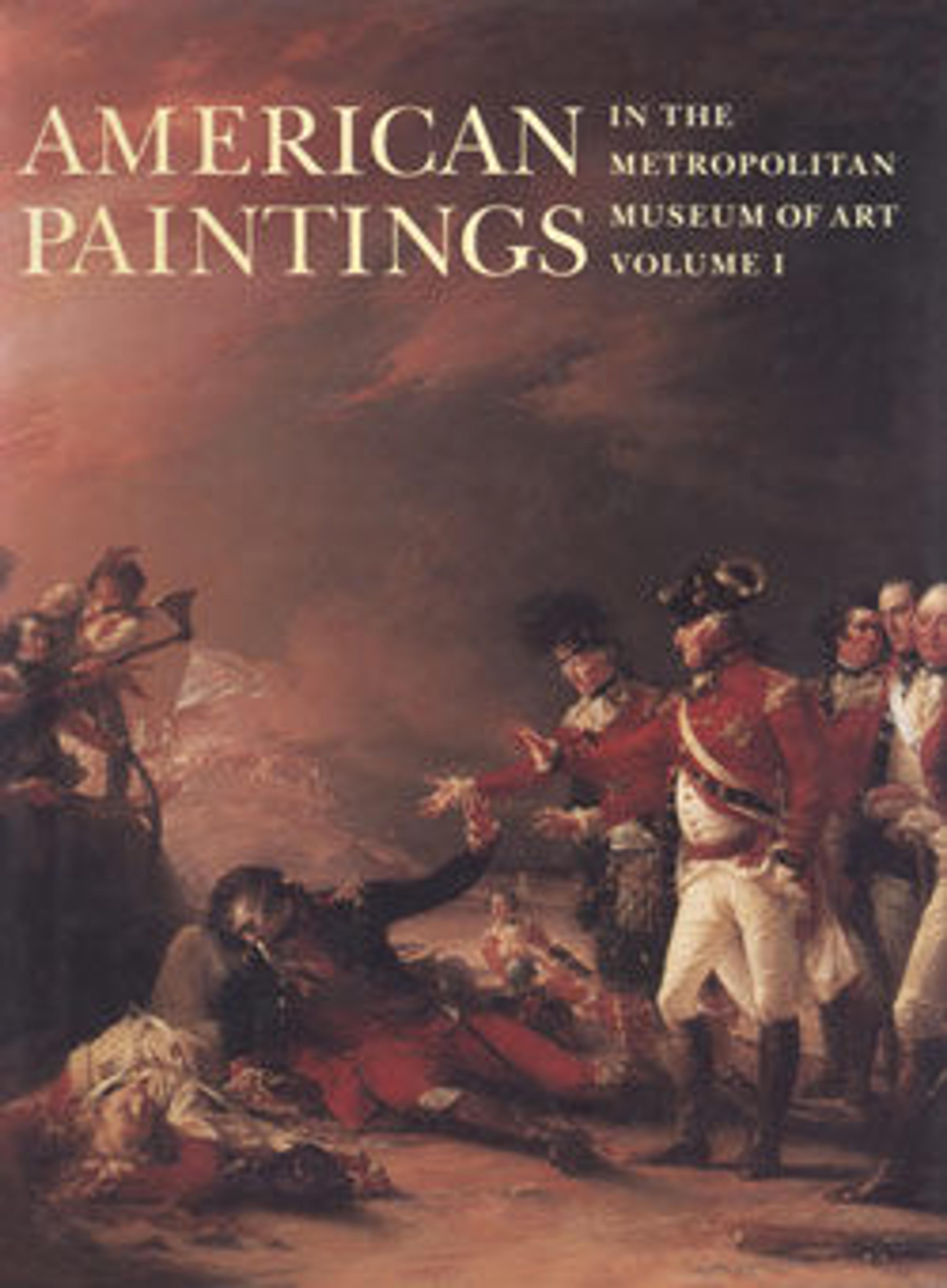Watson and the Shark
Artwork Details
- Title:Watson and the Shark
- Artist:John Singleton Copley (American, Boston, Massachusetts 1738–1815 London)
- Date:ca. 1778
- Culture:American
- Medium:Oil on canvas
- Dimensions:24 7/8 x 30 1/8 in. (63.2 x 76.5 cm)
- Credit Line:Gift of Mrs. Gordon Dexter, 1942
- Object Number:42.71.1
- Curatorial Department: The American Wing
Audio
4017. Watson and the Shark, John Singleton Copley (ca. 1788)
JANE KAMENSKY: It’s a scene of peril. I have never walked by the painting that I haven't seen young children there marveling at the peril of the scene.
NARRATOR: There is something here even more ominous than the shark. Jane Kamensky, president and CEO of the Thomas Jefferson Foundation.
JANE KAMENSKY: We’re looking at a small quick study for a large, busy and compelling history painting that debuted in London in 1778. The painting depicts a scene that took place in Havana Harbor in 1749 in the life of the future Lord Mayor of London, Brook Watson, who was swimming and had an encounter with a shark in which he lost his leg.
The pallor and peril of the Watson figure is thrown into sharper relief because of the warm mahogany skin tones of the Black figure at the apex of the composition.The man //has the rope in his hand to help save the vulnerable Watson.
NARRATOR: This dramatic moment, as Watson and the sailor stretch their hands toward one another, looks like brotherhood. In the background of this painting, however, the busy Havana harbor hosted ships transporting millions of enslaved Black individuals in wretched conditions throughout the Atlantic world. The transatlantic slave trade, which made Watson wealthy after he survived this shark attack, was an ongoing horror that wouldn’t be outlawed in Britain until 1807.
This Audio Guide is sponsored by Bloomberg Philanthropies.
More Artwork
Research Resources
The Met provides unparalleled resources for research and welcomes an international community of students and scholars. The Met's Open Access API is where creators and researchers can connect to the The Met collection. Open Access data and public domain images are available for unrestricted commercial and noncommercial use without permission or fee.
To request images under copyright and other restrictions, please use this Image Request form.
Feedback
We continue to research and examine historical and cultural context for objects in The Met collection. If you have comments or questions about this object record, please contact us using the form below. The Museum looks forward to receiving your comments.
